
- 0 Comments
- PRMA Plastic Surgery
Should you exercise after breast reconstruction surgery?
Importance of Exercise
Exercise stimulates blood flow, increases oxygen delivery, lowers cardiovascular risk factors associated with inactivity, decreases anxiety, and lowers stress. More specifically, it can help restore and maintain range of motion to help support functional activity levels. Exercise aids in maintaining strength, balance, and quality of life. Inactivity can aggravate many symptoms, including pain due to weakness or muscle imbalances.
Overcoming Exercise Barriers
The biggest challenges when beginning an exercise program are pain, fatigue, lymphedema, and scar tissue. Working at a challenging intensity is tough; we are all different, our pain tolerances are different, and what increases our pain is different. To battle fatigue, choose days of the week where you typically have more energy, especially when just starting an exercise program. Choose times of the day where energy levels are higher. Try beginning with 10-15 minutes of exercise 3 times per week. Take your time! Be patient with yourself!
With many reconstructive surgeries, and with many treatments, lymph nodes may need to be removed, or their function is altered. This results in swelling, especially with exertion. Along with special garments, there are several exercises to help increase circulation and reduce fluid buildup. We can use the contraction of our muscles to aid circulation.
Trauma to the body is going to produce some amounts of scar tissue. Scar tissue is not elastic and can be painful to move. While some of it is necessary, it can also restrict motion. Restoring motion can be very painful. Certain exercises can help break up unwanted scar tissue. When exercising, if you feel a sharp sensation pulling through a movement, be gentle and listen to your body. Range of motion can usually be re-established over time.
Reconstruction and Exercise
There are many types of reconstruction. Each one affects the body differently. The biggest changes to take into consideration are the effects of scar tissue, and muscles feeling different. Certain movements may not feel the same as they did prior to reconstruction. By monitoring pain and being patient with ourselves, we can typically slowly restore all range of motion and begin to improve strength.
Garments & Special Considerations
To address lymphedema, special sleeves have been designed to help reduce swelling. While this is not a “fix” it can aid in making swelling easier to recognize and manage. When first beginning an exercise program, care should be taken to monitor any swelling which may be exercise induced. When and if swelling begins, adjust and adapt accordingly. If swelling persists, it may be time for a break.
Types of Exercise
Exercises that are easy on the joints are a great place to start rebuilding range of motion and strength. Great suggestions are aquatic based classes and balance inspired classes such as Tai Chi. Continue exercise as tolerated. Overall, there are no specific types of exercise that should be prohibited if your body is adapting and responding well. Each person is different, and the specific exercise program for them is going to be based on overall health history.
For more information regarding reaching your fitness goals after breast reconstruction, feel free to email me at Lngarcia@baptisthealthsystem.com
Author: Lisabeth Garcia, ACSM-CPT, ACSM-CIFT-Guest Blogger
There are many types of reconstruction. Each one affects the body differently. The biggest changes to take into consideration are the effects of scar tissue, and muscles feeling different. Certain movements may not feel the same as they did prior to reconstruction. By monitoring pain and being patient with ourselves, we can typically slowly restore all range of motion and begin to improve strength.
Leave Comment
Sign Up for Our Monthly Newsletter
Continue Reading

Will a Prophylactic Mastectomy Prevent Breast Cancer?
Will a Prophylactic Mastectomy Prevent Breast Cancer? July 07, 2021 Share on Facebook Twitter Linkedin While nothing is ever guaranteed, prophylactic mastectomy can be a lifesaver for patients who are good candidates. For women at high risk for breast cancer, especially those with the BRCA1 or BRCA2 mutation, a prophylactic mastectomy can reduce the chance […]
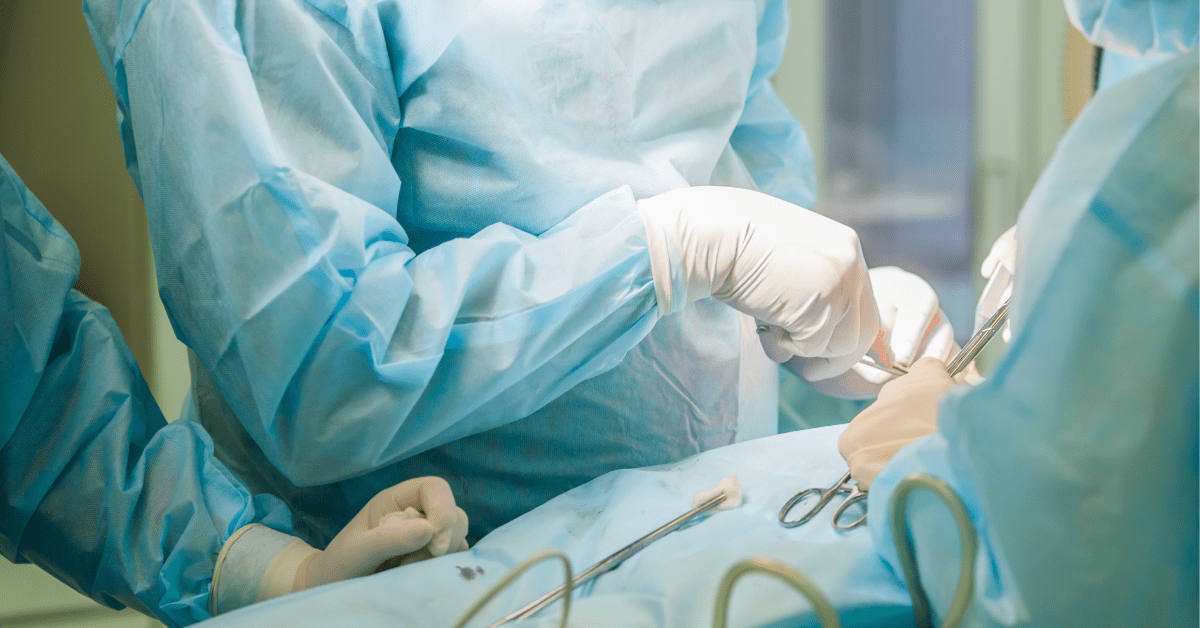
10 Things You Should Know Before Undergoing Breast Reconstruction Surgery
10 Things You Should Know Before Undergoing Breast Reconstruction Surgery June 29, 2021 Share on Facebook Twitter Linkedin Receiving a breast cancer diagnosis is overwhelming. It affects patients physically and emotionally. And it is at that time when you are feeling all these emotions that you must make several important decisions. In the setting of […]

How To Choose A Breast Reconstruction Plastic Surgeon That Is Right For You
How To Choose A Breast Reconstruction Plastic Surgeon That Is Right For You April 07, 2021 Share on Facebook Twitter Linkedin When considering and planning for breast reconstruction, it is important to find the right surgeon for you. Identifying a surgeon who is board-certified in plastic surgery should always be the first step. You can […]

3D Nipple-Areola Tattooing After Breast Reconstruction: Here’s What You Need to Know
3D Nipple-Areola Tattooing After Breast Reconstruction: Here’s What You Need to Know March 31, 2021 Share on Facebook Twitter Linkedin One of the several options patients have after breast reconstruction surgery is complete, is to have the appearance of the nipple and areola recreated with a tattoo. These tattoos are applied using needles that insert […]

Who Needs Breast Reconstruction Surgery?
Who Needs a Breast Reconstruction Surgery? March 17, 2021 Share on Facebook Twitter Linkedin Patients who have lost their breast(s), are planning to remove their breast(s) tissue to reduce their risk of breast cancer, who have significant asymmetry due to a lumpectomy or a mastectomy, or even a botched reconstructive surgery from another facility are […]
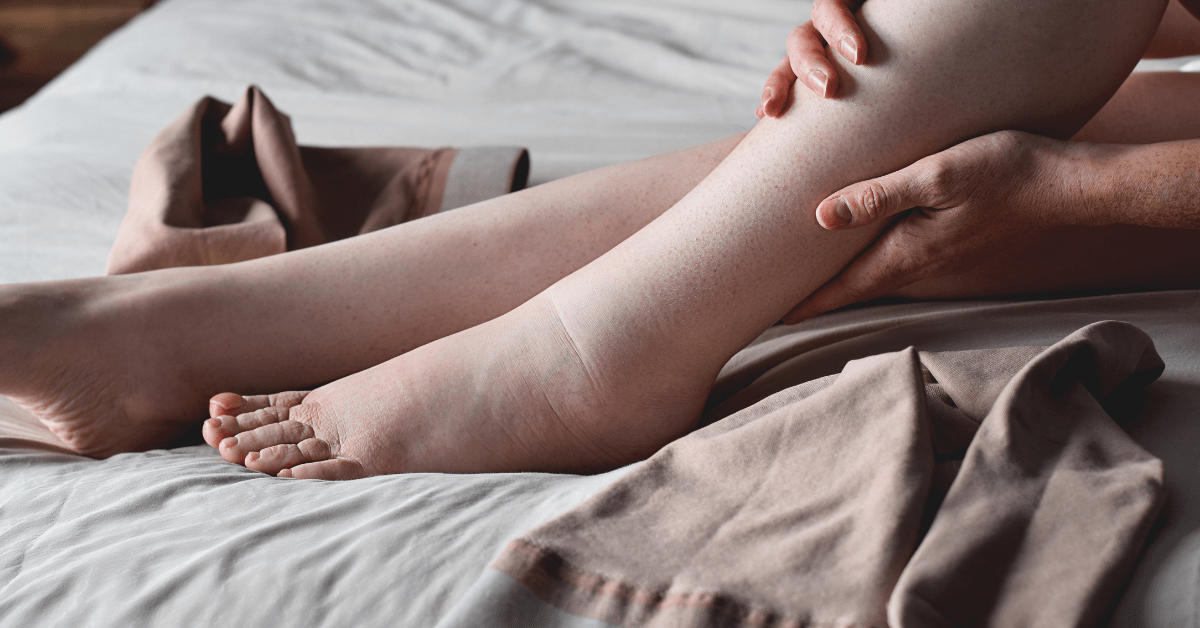
Lymphedema Surgery: Why PRMA Plastic Surgery Does It Better
Lymphedema Surgery: Why PRMA Plastic Surgery Does It Better March 10, 2021 Share on Facebook Twitter Linkedin Lymphedema, or arm swelling, is a known potential complication after breast cancer surgery. The swelling is caused by a build up of fluid caused by inadequate lymphatic drainage. It can happen after any surgery involving the lymph nodes […]
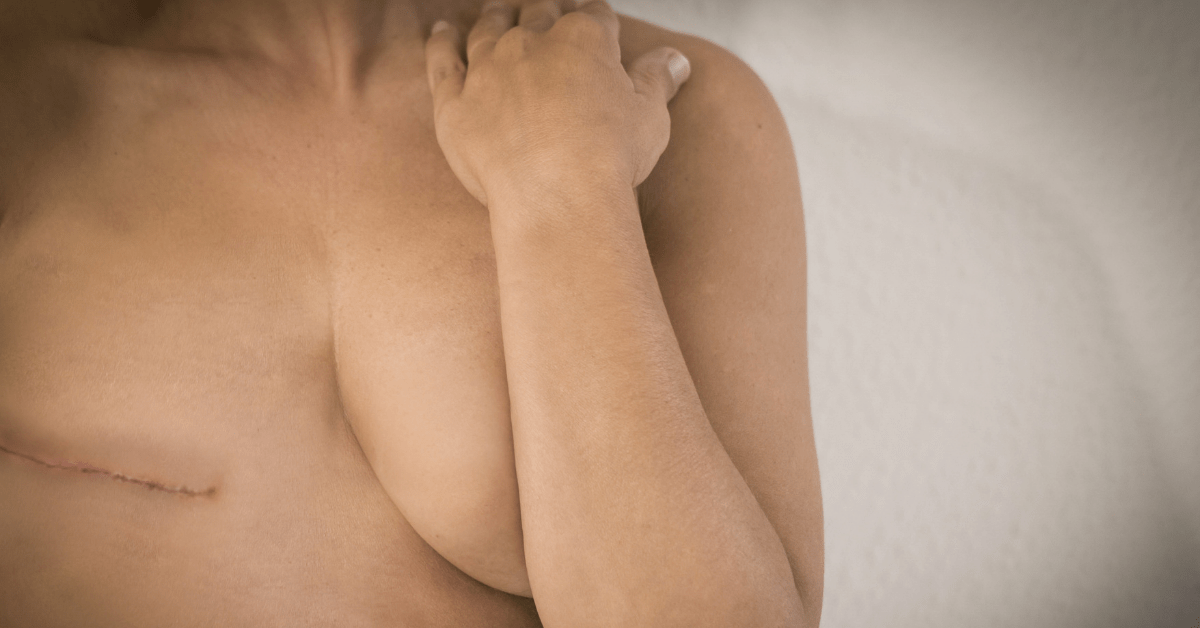
Mastectomy Reconstruction: Here’s What You Need to Know
Mastectomy Reconstruction: Here’s What You Need to Know March 03, 2021 Share on Facebook Twitter Linkedin Mastectomy reconstruction, or breast reconstruction, can take place at the same time as a mastectomy. Likewise, reconstruction can take place anytime after breast cancer surgery. When the reconstruction surgery is performed at the time of mastectomy, it is referred […]
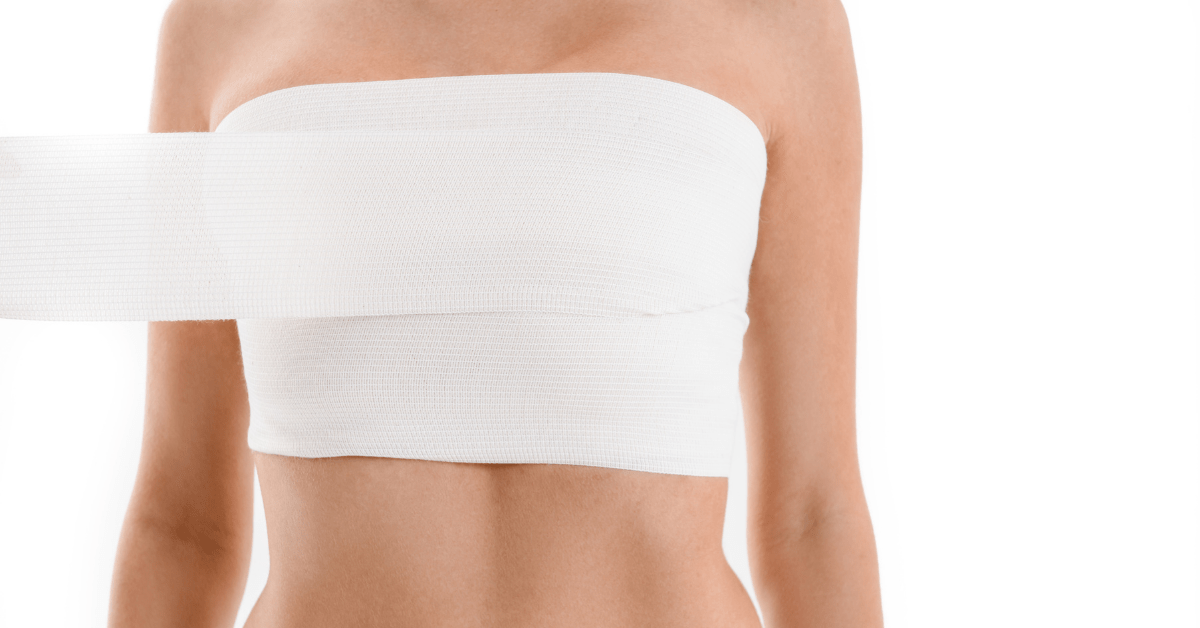
What is Recovery Like After Breast Reconstruction?
What is Recovery Like After Breast Reconstruction? February 17, 2021 Share on Facebook Twitter Linkedin Healing after surgery is a process and many of our patients always want to know what recovery is like after breast reconstruction. Our first response is always to remind patients the healing journey is not linear. Everyone is different. However, […]
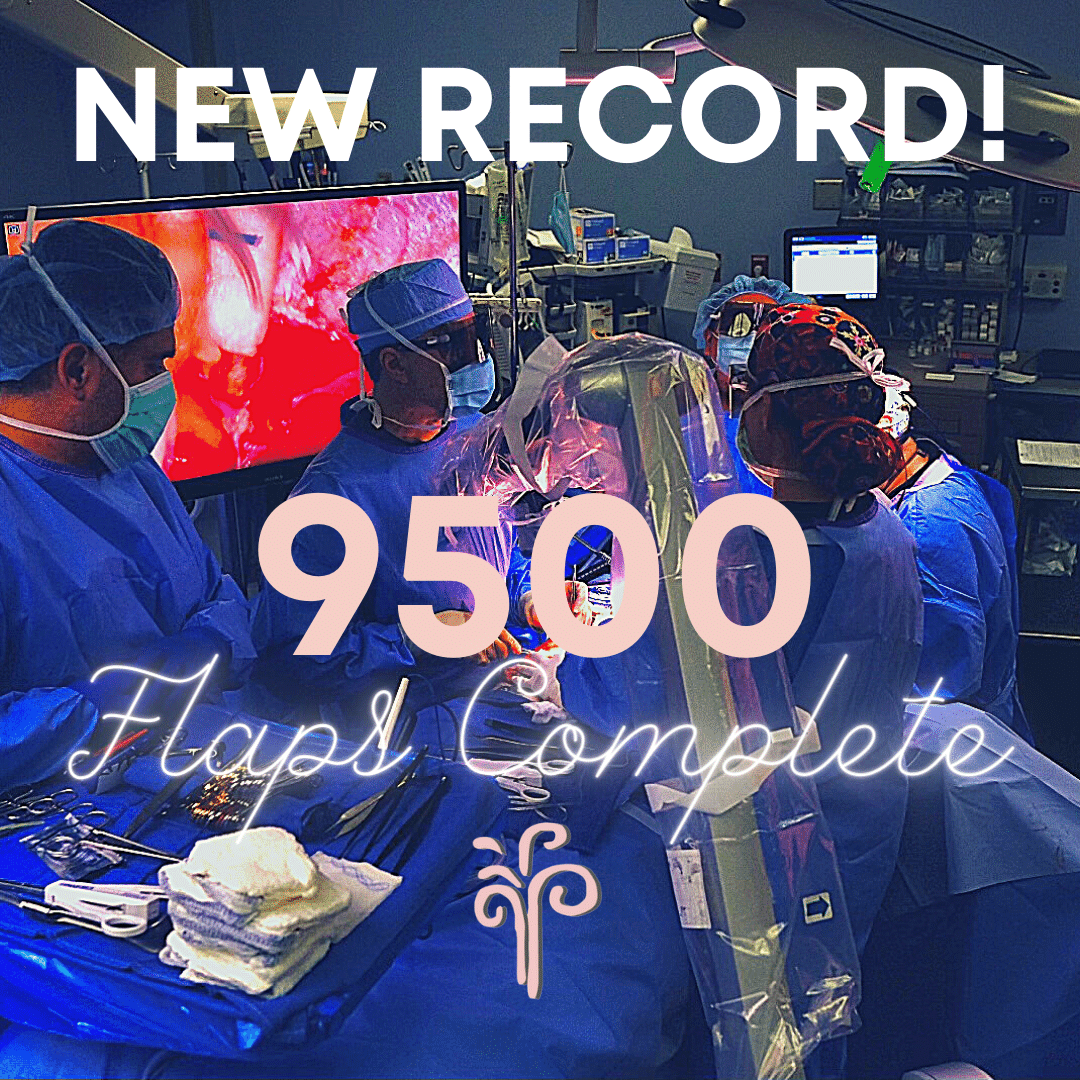
PRMA Performs Record Breaking 9500th Flap-Based Breast Reconstruction Procedure
PRMA Performs Record Breaking 9500th Flap-Based Breast Reconstruction Procedure February 03, 2021 Share on Facebook Twitter Linkedin The team at PRMA Plastic Surgery | Center for Advanced Breast Reconstruction in San Antonio, Texas has set a new practice record after completing their 9,500th free-flap breast reconstruction procedure. Free-flap breast reconstruction is today’s most advanced breast […]
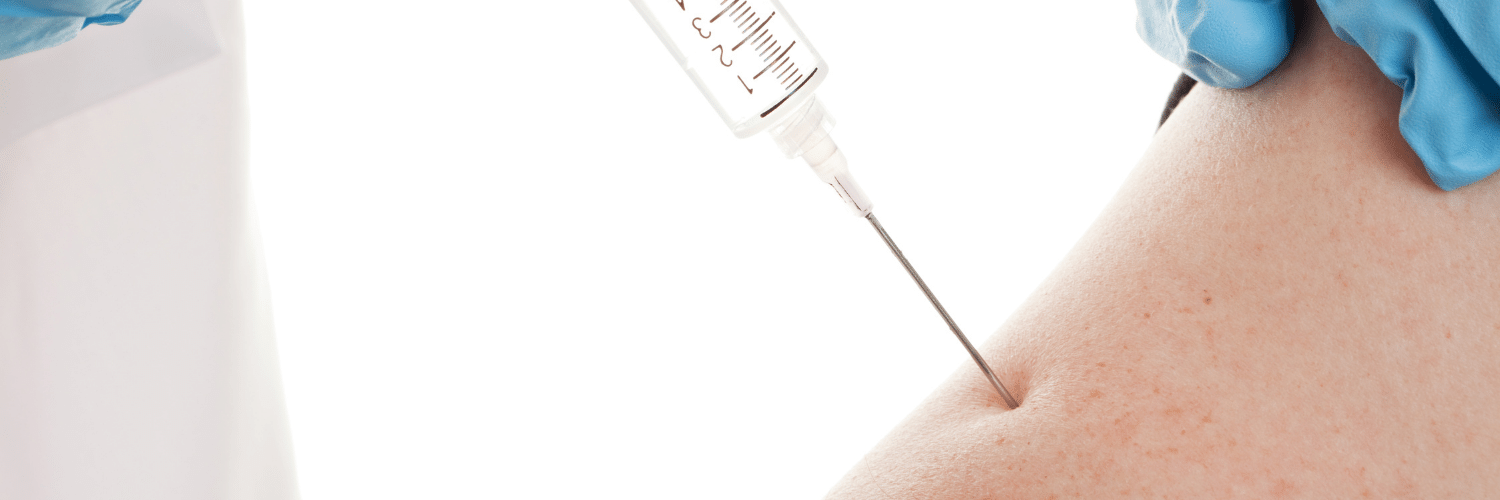
PRMA Surgeons Share Their COVID-19 Vaccine Experiences
PRMA Surgeons Share Their COVID-19 Vaccine Experiences February 03, 2021 Share on Facebook Twitter Linkedin Currently, the state of Texas is administering COIVD-19 vaccines to healthcare workers and individuals 65 and older, or those who have underlying health conditions that increase their risk for sever COVID symptoms. To do our part in the fight against […]
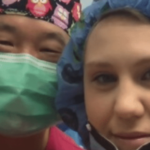

No Comments